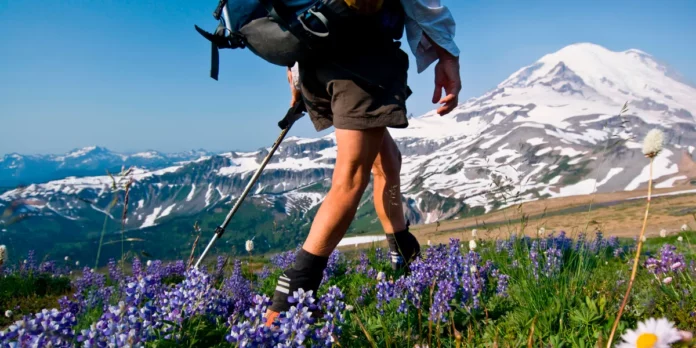There are lots of mistakes that hikers and backpack meme make that land them in dangerous situations. Some of these mistakes are not so easy to avoid, and may actually be a result of other complications or limitations. These 10 big hiking mistakes are usually easily avoided and the advice provided here will help you avoid any mishaps on the trail.
Step 1: Be prepared for overnight travel
– First impression–Just like anything else in life, the first impression is what counts. When you are hiking, you want to be prepared for some overnight travel. If you forget it, you’ll be in for a rude awakening that may include injuries and/or death. May seem like an obvious strategy, but establishing a back-up plan before packing up your camping gear is important.
Step 2: Know the weather
– Know the general forecast for your trip, but also know how the weather can change throughout the day. For example, be prepared for a sudden thunderstorm in a dry area, or possible snowfall in late spring.
– Pay attention to early warning signs like wind direction, frequency and speed. Weather can change quickly, so please be sure to keep a weather forecast in mind before you hike.
Step 3: Don’t take unnecessary risks
– Risk is a part of hiking, but what you risk depends on your personal abilities and the terrain you are hiking on. It is better not to do risky things than to go home unhappy that you could have done something differently. Keep your head on a swivel and avoid dangerous situations such as plunging into water, rock slides, or getting lost without a map.
Step 4: Don’t overestimate your gear
– There is always more that can be packed if you actually take the time to plan ahead. Be careful about over-stocking your bags and possibly not being able to find everything later. You don’t need to carry hundreds of pounds of gear on the trail but don’t take on more than you need to get you through the day. Taking extra weight can slow you down or even make it impossible for you to complete hikes.
Step 5: Take necessary precautions
– If there are danger signs, know the area you are hiking in, or the weather isn’t what you expected, it’s better to turn back than to take unnecessary risks. By knowing the trail and surrounding area, you can avoid dangerous situations that could result in injury or death. Know the weather and pack accordingly. Pack rain gear and extra layers of clothing, wear proper hiking shoes, and make sure to always be prepared for changing conditions.
Step 6: Know your route
– Don’t guess your location when deciding to start your hike. Pay attention to the trail markers, topography/map and local knowledge. Good communication with a knowledgeable source is key to hiking safely. Use maps, GPS, and know where your next resupply point is located.
Step 7: Be courteous and follow the rules
– Trail etiquette goes a long way toward keeping you safe and staying in control of your hike. Stay on the trail and avoid camping in water sources, stay on the side of the road to prevent erosion, and be polite to others. When hiking in Yosemite, it is extremely important to observe the rules and regulations in place for your safety and for the safety of others on the trail.
Step 8: Don’t be lazy or reckless with fire
– If a fire gets too big, you run the risk of starting a forest fire and getting in trouble with authorities. Fire can easily burn out of control in certain areas, so ensure you have a fire extinguisher on hand at all times. It’s also important to keep a windy or cold weather plan in place before starting fires on purpose.
Step 9: Still be mindful on the trail
– The best way to make more connections with other hikers and to get outside of your comfort zone is to hike with a group. Hiking with a group will help keep you safe, and also make the trail more fun. While hiking, it is important to take time to enjoy your surroundings and stay conscious of your surroundings. Don’t forget that there are other people around you as well, and help them out if they need something.
Step 10: Be honest on the trail
– Speaking up is a great way to help out other hikers, and telling someone who may need some help is the right thing to do. It may save their lives or even your own. While hiking can be a wonderful experience, it doesn’t always have to be smooth sailing. Having a plan in place for emergencies helps everyone stay safe and comfortable during tough conditions. It is also important to watch for signs of trouble before it becomes an issue.
Summary:
Hiking is a very rewarding activity, but it can also be dangerous if you aren’t careful. Following the 10 tips outlined above will ensure you have a safe and successful hike.
If you are looking for a place to hike, check out local hiking trails in your area that may help keep you out of trouble. Also, keep in mind that staying hydrated is important and ensure you drink enough water!




